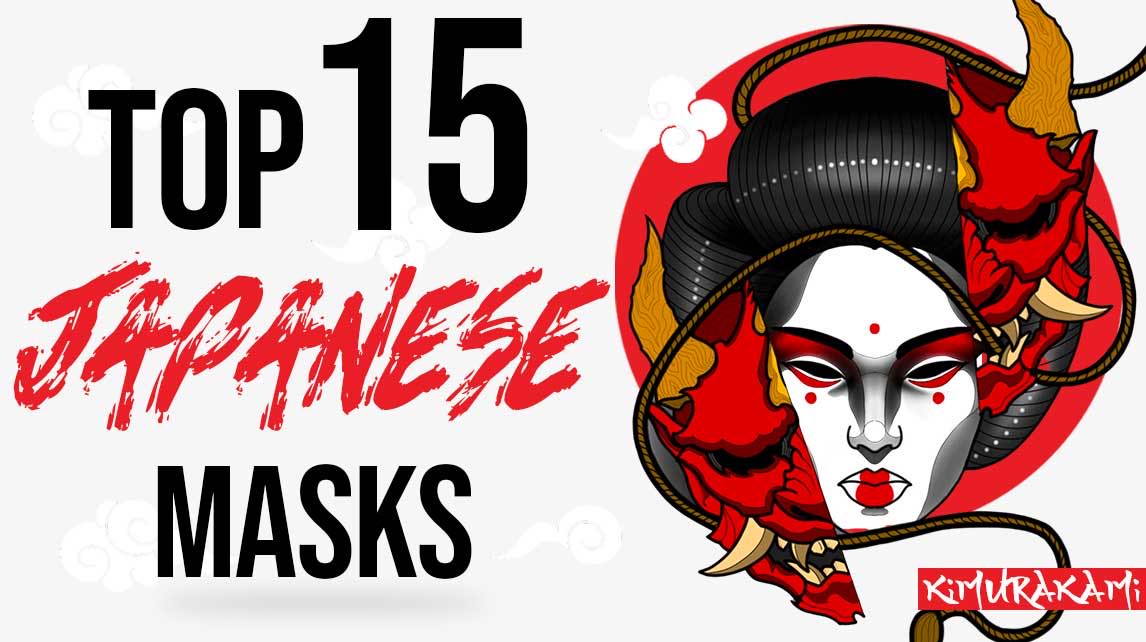The flag of Japan is also called Hinomaru whose meaning is "the disc of the sun". Japan being the country of the Rising Sun, the red color represents on the one hand this last, but also the goddess of the sun Amaterasu Omikami. Red is also the mirror of the Shinto ethics which is based on a pure and just heart. As for the majority of flags, purity and integrity are represented by white.
More than just a red circle on a white background, this emblem has a rich history. We will start by explaining what its national colors mean. Then we will reveal its origin. We will finish by exposing you all the Japanese traditions related to this cult symbol as well as the relationship that the Japanese nowadays have with it.
We wish you an excellent reading !
What do the Colours of the Japanese flag mean?
In spite of its great sobriety, this white flag with a red disc in its middle is not without meaning. The disc is the representation of the sun. It is the goddess Amaterasu, the deity of the sun. She is the child of the famous Izanagi, another very important character in Japanese mythology. The standard is called "Hinomaru". This translates into French as "flag with a solar disk".
If Japan proudly displays the star of fire as a national symbol by the red circle, it is because the history of this country has a special relationship with the great star. More than 1500 years ago, a powerful Japanese emperor sent a letter to a powerful Chinese emperor. The first words the latter wrote were: "The ruler of the land where the sun rises sends a letter to the ruler of the land where the sun sets".
This sentence makes sense when you know that China is located west of Japan (this is why Japan is called "the land of the rising sun"). Since that day, the formula has spread to the Archipelago. Thus, the symbol of the sun has become so strong that it appears on the national flag.
From the Japanese point of view, this famous sun has the ambition to enlighten all the countries of the world. As for the Westerners, they consider it to be the toughest sign of this country's army.

Hinomaru history
We find traces of the existence of Hinomaru as early as the 13th century. A religious man would have made an offering to the emperor of Japan at that time (this last one was seen as the descendant of the famous sun goddess). The symbol was first seen in the 15th century, on war paintings. In the 17th century, the shoguns even started to hoist it on their ships.
Despite its great popularity, it was not until 1868 that it became the flag of the country. But even at this date, nothing is official. There is no documentation to indicate that it is a national heritage. It was only in 1999 that an amendment was put in place.
Traditions related to the national symbol
Over the years, many customs have been associated with the flag. Some belong to the past while others are more than ever current. Let's see them all together.
When the Hinomaru became the official flag of the nation, the ministry gave the citizens the obligation to honor the emperor by wearing it. It is a step aiming at the acceptance and assimilation of the new flag by the people. Nevertheless, it would take several years for it to be tolerated by only a small portion of the population.
During the 39-45 war, the Japanese flag became a real lucky charm. The tradition consists in having the Hinomaru signed by the family and the friends of the soldier who is about to leave for the battle. Often, religious rites are performed to bless the "Yosegaki Hinomaru : good luck flag". It is hoped that the fighters will return in good health. When a battle ends, it is common for these gris-gris to be found on the inert bodies of brave soldiers.
During the American occupation (1945-1952), it was mandatory to obtain a permit from the SCAJAP (Shipping Control Authority for the Japanese Merchant Marine) to fly the flag. It was not until 1947 that the SCAJAP was more tolerant and allowed the flag to be flown on the Imperial Palace, the National Diet Building, the Supreme Court and the Prime Minister's residence.
In 1948, the limitations became even lighter when the Japanese were allowed to display it on public holidays and on the Japanese national day. It is only at the beginning of 1950 that the constraint disappears completely.

There are two very specific protocols for the Japanese coat of arms to symbolize mourning. These mean exactly the same thing..
The first tradition is to place the standard in Berne (i.e., lower it halfway down). This is how many other states do it as well. It is especially for this reason that this method is chosen for the last honors of a foreign president. The Hinomaru keeps this position for 6 days.
The second method is specific to the culture of Japan. It consists of holding a piece of black cloth over the large flag. This has existed since the death of Emperor Meiji on July 30, 1912. Often, the standard is also made of Berne when this approach is chosen.
The perception of the flag by the Japanese
Since the Second World War, the crest has experienced a great decline in popularity. Like the Japanese national anthem, it is often associated with the crimes committed by the Japanese army during this great historical event.
Just as the swastika represents the horrors of the Nazis. Whether it is during armed conflicts, or within nations where Japan has established itself as a colonizer. The Hinomaru was the symbol of submission for the subjugated countries.
For the reasons we have just mentioned, we can find many opponents among the left and also the extreme left (in particular the Japanese Communist Party). The political wish of these supporters is to completely abolish the badge. It is not uncommon for violent protests to occur.
For example, when a store manager burns the flag during the Kokutai (a big sport event) in front of the cameras. Or when students tear it down at a school ceremony, refusing to honor it.
Of course, it's not all bad. Many people still worship their banner along with their country. But the tensions are so violent that they do not always dare to come forward. It is difficult to love one's flag without being assimilated to the sulphurous camp of the extreme right.

If you want to learn more about the exciting Japanese folklore, we strongly advise you to take an interest in the article "Japanese symbol and meaning". You will discover the emblematic signs of the Japanese culture.









Leave a comment